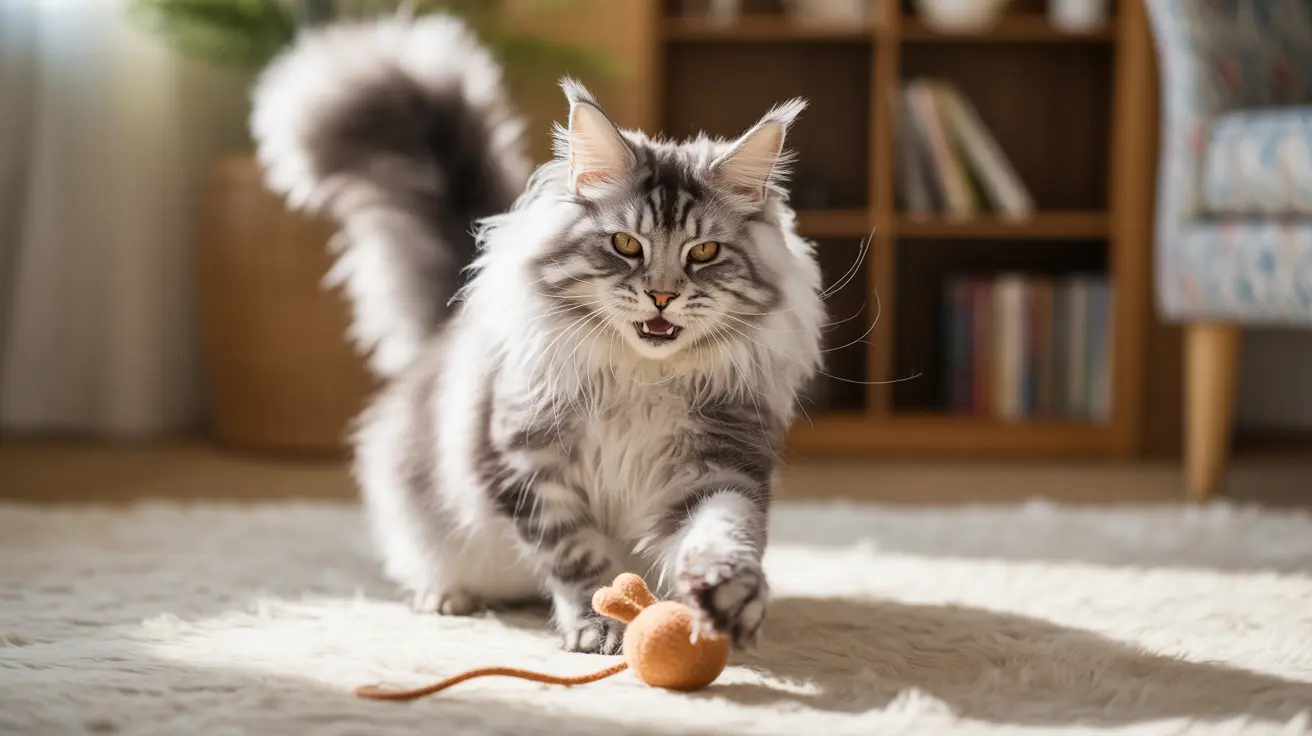If you've ever encountered a cat with extra toes, you may have wondered about the origins of this unique trait. Polydactyl cats, known for their distinctive multi-toed appearance, have sparked numerous questions about their genetic background, including whether they result from inbreeding. Let's explore the fascinating science behind these special felines and separate fact from fiction.
Contrary to popular belief, polydactyl cats are not the result of inbreeding. This genetic trait occurs naturally through a dominant gene mutation and can appear in any cat population, regardless of breeding history. Understanding the true nature of polydactyly helps dispel misconceptions while highlighting the remarkable genetic diversity of our feline friends.
The Genetics Behind Polydactyl Cats
Polydactyly in cats is caused by a specific genetic mutation affecting the ZRS (Zone of Polarizing Activity Regulatory Sequence) enhancer. This mutation influences the sonic hedgehog (SHH) gene, which plays a crucial role in limb development. The trait follows an autosomal dominant inheritance pattern, meaning only one parent needs to carry the gene for kittens to potentially inherit the extra-toed characteristic.
Research has identified several genetic variants responsible for polydactyly, including the UK1, UK2, and Hemingway (Hw) variants. This genetic diversity further supports that polydactyly is not linked to inbreeding but rather represents natural genetic variation within the feline population.
Natural Occurrence and Distribution
Polydactyl cats can be found worldwide, with notable populations along North America's East Coast and in South West England and Wales. The trait's widespread distribution across different geographical regions and cat populations provides strong evidence that it's a natural genetic variation rather than a result of inbreeding.
Historically, these cats were particularly common among ship cats, where sailors believed their extra toes provided better balance at sea. The famous colony of polydactyl cats at Ernest Hemingway's home in Key West, Florida, continues to demonstrate how this trait can persist naturally in a healthy, diverse population.
Health and Well-being of Polydactyl Cats
Studies have shown that polydactyl cats typically enjoy the same health and longevity as their standard-toed counterparts. The only special consideration for these cats is the need for regular nail trimming, as their extra toes may require more frequent maintenance to prevent ingrown claws.
Unlike some inherited traits that can cause health problems, polydactyly is generally benign and doesn't affect a cat's quality of life. This further supports that the condition is a natural variation rather than a defect caused by inbreeding.
Frequently Asked Questions
Are polydactyl cats a result of inbreeding or genetic mutation?
Polydactyl cats are the result of a natural genetic mutation, not inbreeding. The trait is caused by a dominant gene mutation affecting limb development and can occur in any cat population, whether purebred or mixed-breed.
How is polydactyly inherited in cats, and what are the chances of kittens having extra toes?
Polydactyly follows an autosomal dominant inheritance pattern. When one parent carries the gene, there's approximately a 50% chance that their kittens will inherit the trait. The expression can vary, resulting in different numbers of extra toes.
Do polydactyl cats have any special health concerns compared to regular-toed cats?
Polydactyl cats generally don't have any additional health concerns beyond needing regular nail trimming for their extra toes. They have similar lifespans and health profiles to cats with normal toe numbers.
Why are polydactyl cats more common in certain breeds like Maine Coons or regions like the East Coast?
Historical distribution patterns and selective breeding have contributed to higher concentrations of polydactyl cats in certain areas and breeds. The trait was once common in Maine Coons and remains prevalent along the East Coast due to historical maritime connections.
How should owners care for the extra toes and claws of polydactyl cats?
Owners should regularly check and trim their polydactyl cat's claws, paying special attention to the extra toes to prevent ingrown nails. Routine veterinary check-ups can help ensure proper nail maintenance and overall foot health.
Conclusion
The evidence clearly shows that polydactyl cats are not the result of inbreeding but rather represent a fascinating example of natural genetic variation in the feline world. These special cats continue to captivate both scientists and cat lovers alike, while maintaining healthy, diverse populations around the globe.






